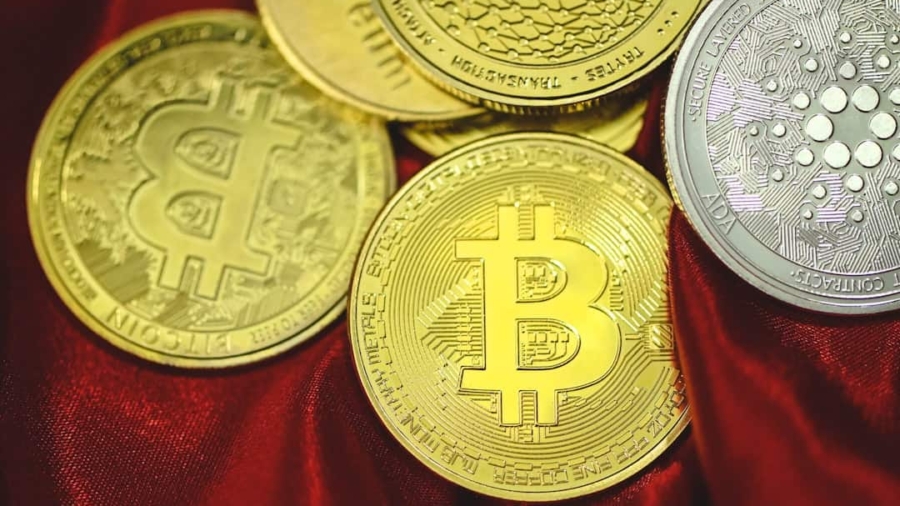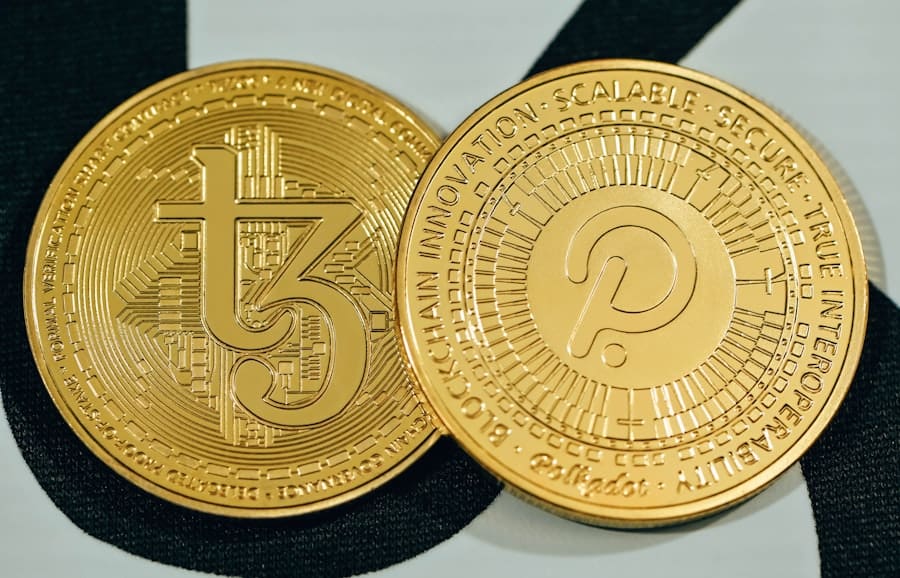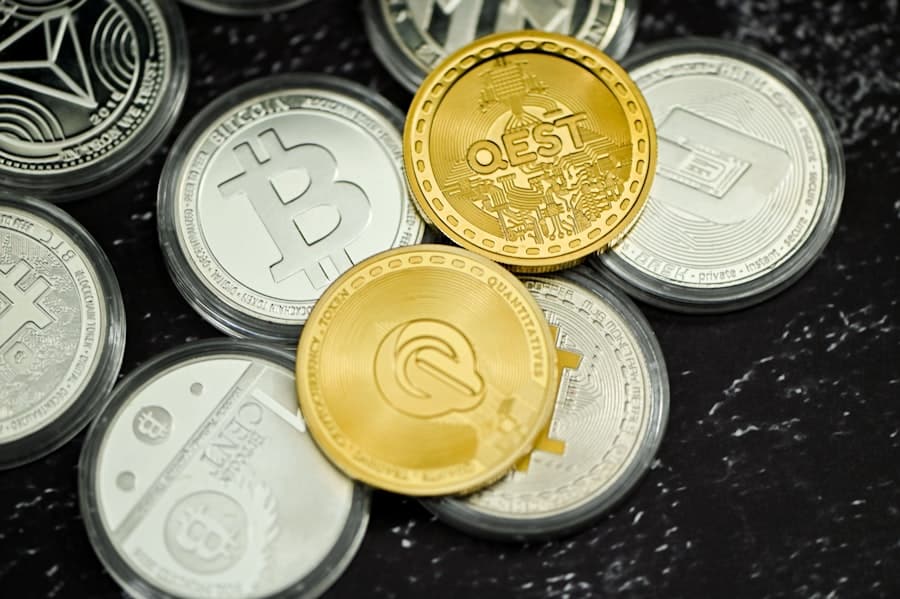The advent of technology has revolutionized the educational landscape, leading to the emergence of virtual classrooms that offer flexible, accessible, and interactive learning experiences. Virtual classrooms leverage digital platforms to facilitate real-time communication between educators and students, transcending geographical barriers and enabling a diverse range of learners to engage with educational content. This shift towards online learning has been accelerated by global events, such as the COVID-19 pandemic, which necessitated a rapid transition to remote education.
As a result, educational institutions have increasingly adopted various digital tools and technologies to enhance the learning experience, making it more engaging and effective. In parallel with the rise of virtual classrooms, blockchain technology has gained prominence as a transformative force across various sectors, including education. Blockchain is a decentralized digital ledger that securely records transactions across multiple computers, ensuring that the data cannot be altered retroactively without the consensus of the network.
This characteristic of immutability, combined with transparency and security, positions blockchain as a powerful tool for addressing some of the challenges faced by virtual classrooms, particularly in the realm of certification verification. By integrating blockchain into educational frameworks, institutions can enhance the credibility of their certifications and streamline the verification process, ultimately fostering trust among students, employers, and educational providers.
Key Takeaways
- Virtual classrooms and blockchain technology are revolutionizing the way certifications are verified and managed in the education sector.
- Blockchain plays a crucial role in ensuring the authenticity and integrity of certifications in virtual classrooms by providing a decentralized and tamper-proof system for verification.
- The benefits of using blockchain for certification verification in virtual classrooms include increased security, transparency, and efficiency, as well as reduced fraud and administrative costs.
- Virtual classrooms implement blockchain for certification verification through the use of digital credentials, smart contracts, and decentralized databases to securely store and manage certification data.
- Despite its potential, challenges and limitations of using blockchain in virtual classrooms include scalability issues, regulatory concerns, and the need for technical expertise and infrastructure.
- The future of blockchain in virtual classrooms is promising, with potential applications in areas such as lifelong learning, micro-credentialing, and global certification verification.
- Case studies of virtual classrooms successfully using blockchain for certification verification demonstrate the real-world impact and potential of this technology in improving the education sector.
- In conclusion, the impact of blockchain on the future of education is significant, as it provides a secure and efficient way to verify certifications in virtual classrooms, ultimately benefiting students, educators, and institutions alike.
The Role of Blockchain in Verifying Certifications in Virtual Classrooms
The verification of certifications is a critical aspect of education, as it serves as a testament to a learner’s achievements and competencies. In traditional educational settings, this process often involves cumbersome paperwork and lengthy verification procedures that can lead to delays and inefficiencies. Virtual classrooms, while offering numerous advantages, are not immune to these challenges.
The proliferation of online courses has resulted in an overwhelming number of certifications being issued, raising concerns about authenticity and the potential for fraud. This is where blockchain technology comes into play. Blockchain provides a decentralized and tamper-proof system for recording educational credentials.
Each certification issued can be stored as a unique digital token on the blockchain, complete with metadata that includes details such as the issuing institution, date of issuance, and the recipient’s identity. This information is encrypted and linked to the blockchain in such a way that it cannot be altered or deleted without consensus from the network participants. Consequently, employers and other stakeholders can easily verify the authenticity of a candidate’s credentials by accessing the blockchain, ensuring that they are hiring individuals with legitimate qualifications.
This not only enhances trust in the certification process but also streamlines the verification process, reducing the time and resources required for background checks.
Benefits of Using Blockchain for Certification Verification
The integration of blockchain technology into certification verification processes offers numerous benefits that can significantly enhance the educational experience for both learners and institutions. One of the most notable advantages is increased security. Traditional methods of storing and verifying credentials are often vulnerable to fraud and manipulation.
In contrast, blockchain’s decentralized nature ensures that data is distributed across multiple nodes, making it nearly impossible for any single entity to alter or forge records without detection. This heightened level of security instills confidence in both students and employers regarding the legitimacy of educational credentials. Another significant benefit is the efficiency gained through automation.
By utilizing smart contracts—self-executing contracts with the terms directly written into code—educational institutions can automate various aspects of the certification process. For instance, once a student completes a course or program, a smart contract can automatically issue a digital certificate on the blockchain without requiring manual intervention. This not only expedites the issuance process but also reduces administrative burdens on educational institutions.
Furthermore, students can access their credentials instantly through secure digital wallets, eliminating the need for physical copies or lengthy waiting periods for verification.
How Virtual Classrooms Implement Blockchain for Certification Verification
The implementation of blockchain technology in virtual classrooms involves several key steps that educational institutions must undertake to ensure a seamless integration into their existing systems. First and foremost, institutions need to select an appropriate blockchain platform that aligns with their specific needs and objectives.
Once a platform is chosen, institutions must develop a framework for issuing digital certificates on the blockchain. This involves creating standardized templates for certificates that include essential information such as course details, student identification, and unique identifiers for each credential. Additionally, institutions must establish protocols for verifying student identities to prevent fraudulent claims of certification.
This may involve integrating biometric authentication or other identity verification methods into the enrollment process. After establishing these foundational elements, institutions can begin issuing digital certificates upon course completion. Students receive their credentials in a secure digital wallet linked to their identity on the blockchain.
Employers seeking to verify these credentials can access the blockchain using a unique identifier provided by the student or institution, allowing them to confirm the authenticity of the certification quickly and efficiently.
Challenges and Limitations of Using Blockchain in Virtual Classrooms
Despite its numerous advantages, the integration of blockchain technology into virtual classrooms is not without challenges and limitations. One significant hurdle is the need for widespread adoption among educational institutions and employers alike. For blockchain-based certification verification to be effective, all parties involved must recognize and accept this new system as a legitimate means of validating credentials.
This requires a cultural shift within organizations that may be accustomed to traditional methods of verification. Another challenge lies in the technical complexities associated with implementing blockchain solutions. Educational institutions may lack the necessary expertise or resources to develop and maintain blockchain systems effectively.
Additionally, concerns regarding data privacy and compliance with regulations such as GDPR (General Data Protection Regulation) must be addressed when handling sensitive student information on a public or semi-public blockchain. Institutions must navigate these legal frameworks carefully to ensure that they are protecting student data while still leveraging the benefits of blockchain technology. Moreover, there are scalability issues to consider.
As more students enroll in online courses and earn certifications, the volume of transactions on the blockchain increases significantly. This can lead to congestion on certain blockchain networks, resulting in slower transaction times and higher costs associated with processing verifications. Educational institutions must evaluate these factors when choosing a blockchain platform to ensure it can handle their anticipated growth.
The Future of Blockchain in Virtual Classrooms
Looking ahead, the future of blockchain technology in virtual classrooms appears promising as educational institutions continue to explore innovative ways to enhance learning experiences and streamline administrative processes. One potential development is the increased use of decentralized autonomous organizations (DAOs) within educational ecosystems. DAOs could enable stakeholders—such as students, educators, and employers—to collaboratively govern aspects of educational programs, including curriculum development and certification standards.
This participatory approach could foster greater accountability and responsiveness within educational systems. Additionally, advancements in interoperability between different blockchain networks may facilitate more seamless integration across various platforms used by educational institutions. As more organizations adopt blockchain solutions for certification verification, establishing common standards will become increasingly important.
This could lead to a more unified approach to credentialing that enhances trust among employers and educational providers while simplifying verification processes for students. Furthermore, as artificial intelligence (AI) continues to evolve, there may be opportunities to combine AI with blockchain technology in virtual classrooms. For instance, AI algorithms could analyze student performance data stored on the blockchain to provide personalized learning experiences tailored to individual needs.
This synergy between AI and blockchain could revolutionize how education is delivered and assessed in virtual environments.
Case Studies of Virtual Classrooms Successfully Using Blockchain for Certification Verification
Several pioneering educational institutions have already begun implementing blockchain technology for certification verification within their virtual classrooms, showcasing its potential benefits in real-world scenarios. One notable example is MIT Media Lab’s Digital Certificates initiative, which utilizes blockchain technology to issue verifiable digital diplomas to graduates. By leveraging a private blockchain network, MIT ensures that each diploma is securely recorded and easily accessible for verification by employers or other educational institutions.
Another compelling case study is that of Open University in the United Kingdom, which has explored using blockchain for issuing micro-credentials—short courses or modules that provide specific skills or knowledge. By adopting a blockchain-based system for these micro-credentials, Open University enables learners to showcase their achievements transparently while allowing employers to verify their qualifications quickly. Additionally, companies like Learning Machine have partnered with various universities to create secure digital diplomas on the blockchain.
Their platform allows institutions to issue tamper-proof credentials that students can share with potential employers via secure links or QR codes. This innovative approach not only enhances trust in educational qualifications but also empowers students by giving them control over their credentials.
The Impact of Blockchain on the Future of Education
The integration of blockchain technology into virtual classrooms represents a significant advancement in how educational credentials are issued and verified. By providing a secure, transparent, and efficient means of certification verification, blockchain addresses many challenges faced by traditional education systems while enhancing trust among stakeholders. As more institutions recognize the potential benefits of this technology, we can expect continued innovation in how education is delivered and assessed.
The future landscape of education will likely be characterized by greater collaboration between educational providers, employers, and learners facilitated by blockchain technology. As we move towards this new paradigm, it is essential for all stakeholders to embrace these changes proactively while addressing challenges related to adoption and implementation. Ultimately, the impact of blockchain on education has the potential to create more equitable opportunities for learners worldwide while ensuring that their achievements are recognized and validated in an increasingly competitive job market.
A related article to How Virtual Classrooms Use Blockchain for Verifying Certifications is What We Can Learn From Instagram’s Founders Return to the Social Media Scene. This article explores the insights and lessons that can be gained from the return of Instagram’s founders to the social media industry. It provides valuable information on the strategies and innovations that have made Instagram successful, which can be applied to various aspects of the digital world, including virtual classrooms utilizing blockchain technology.
FAQs
What is a virtual classroom?
A virtual classroom is an online learning environment that allows for live interaction between instructors and students. It typically includes features such as video conferencing, chat, and interactive whiteboards.
What is blockchain?
Blockchain is a decentralized, distributed ledger technology that records transactions across multiple computers in such a way that the recorded data cannot be altered retroactively. It is the underlying technology behind cryptocurrencies like Bitcoin.
How does blockchain verify certifications in virtual classrooms?
Blockchain can be used to create and store digital certificates in a secure and tamper-proof manner. When a student completes a course or earns a certification in a virtual classroom, the details are recorded on the blockchain, providing a transparent and immutable record of their achievement.
What are the benefits of using blockchain for verifying certifications in virtual classrooms?
Using blockchain for verifying certifications in virtual classrooms provides increased security, transparency, and trust in the authenticity of the certifications. It also allows for easy verification of credentials by potential employers or other educational institutions.
Are there any potential drawbacks to using blockchain for verifying certifications in virtual classrooms?
One potential drawback is the complexity of implementing blockchain technology, which may require technical expertise and resources. Additionally, there may be concerns about data privacy and security when using blockchain for storing sensitive information.



